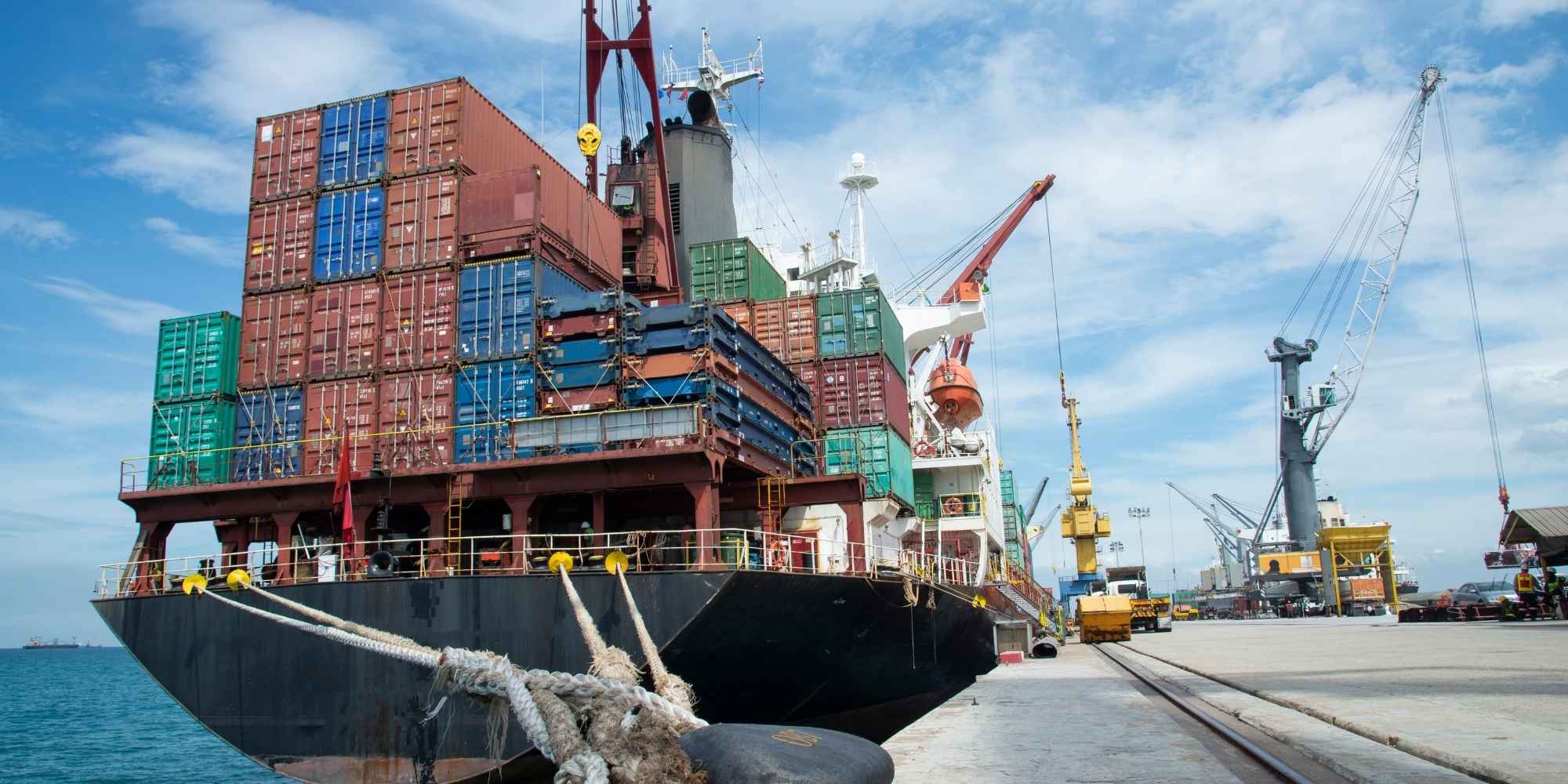
Jump right in: eCommerce and Tariffs: A Guide for Sellers
eCommerce and Tariffs: A Guide for Sellers
Introduction: So, What’s All the Fuss About Tariffs?
If you’re an eCommerce seller, chances are you’ve heard the word “tariffs” tossed around more than a few times. Maybe it popped up during a chat with your supplier or in a news headline about shifting trade policies. And if you’re honest, you might not know exactly what it means—or, more importantly, how it affects you. Don’t worry, though; you’re not alone.
Here’s the thing: tariffs might sound like something you can file under “problems for big corporations,” but they’ve got a sneaky way of trickling down to all of us—eCommerce sellers included. They’re like that extra fee tacked onto your concert tickets: you didn’t ask for it, but now you’ve got to deal with it. Depending on your product line and supply chain, tariffs can mean higher costs, tighter margins, or even unexpected headaches with inventory.
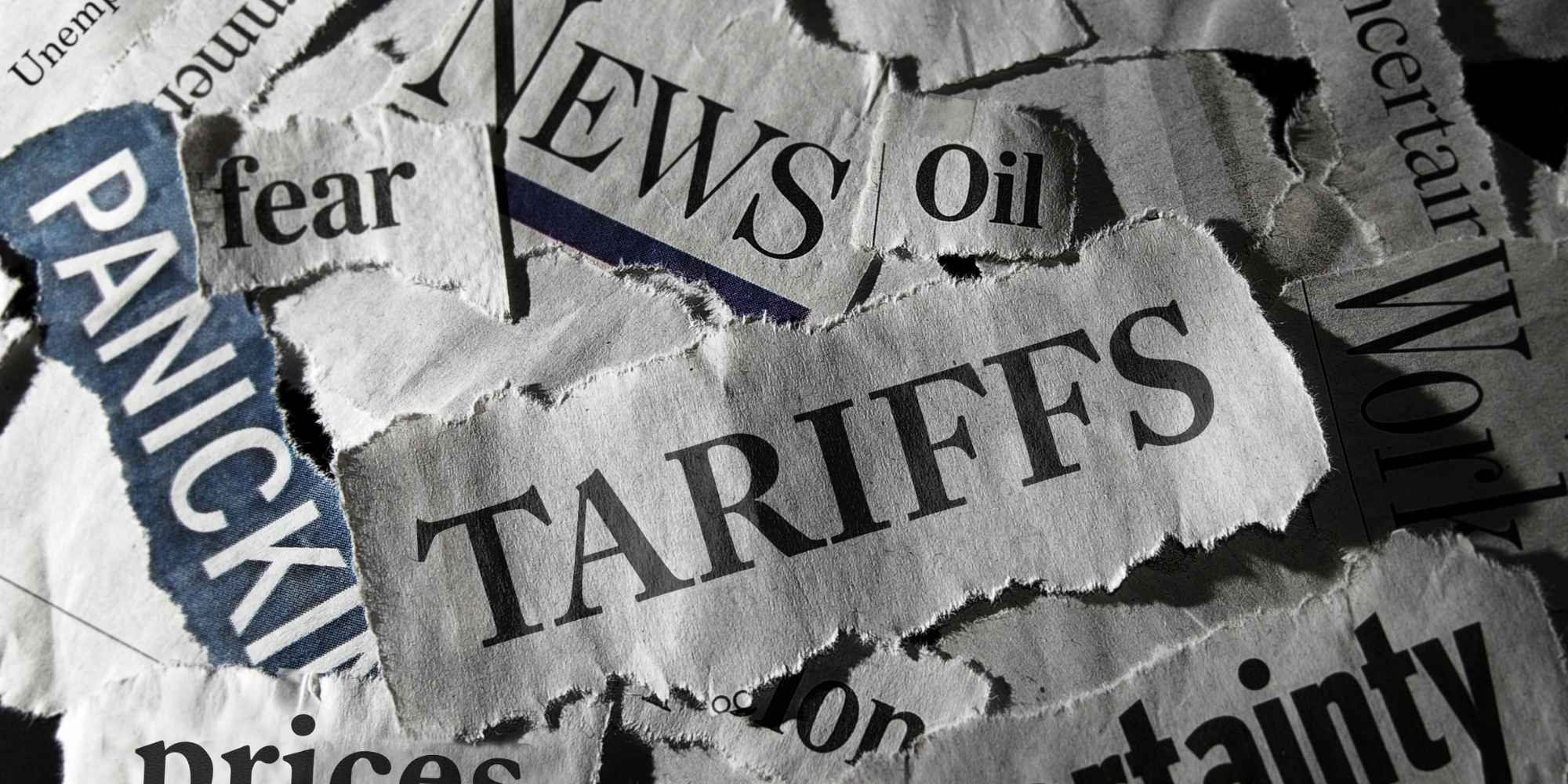
And recently, tariffs have been making headlines again. President Trump’s new tariff proposals have stirred the pot, suggesting hefty taxes on imports from Canada, Mexico, and China. You might be wondering: “Is this going to shake up my business?” or “Should I be freaking out right now?” The short answer? Maybe, but there’s a lot you can do to protect yourself—and that’s where we come in.
In this guide, we’re going to break it all down: what tariffs actually are, how they could impact your eCommerce store, what to watch for in the news, and how a 3PL (third-party logistics provider) can help lighten the load. Along the way, we’ll throw in some practical tips, a few real-world examples, and maybe even a little reassurance (because hey, you’ve got this).
Ready to figure out how to tackle tariffs without losing sleep—or profits? Let’s get started.
What Are Tariffs?
Alright, let’s demystify tariffs. At their core, tariffs are a tax or duty imposed by a government on imported or exported goods. They are used to regulate trade, protect domestic industries, or generate revenue. Tariffs can vary based on the type of goods and the countries involved in the trade.
Think of them as tolls paid at the border, adding to the cost of foreign products entering a country.
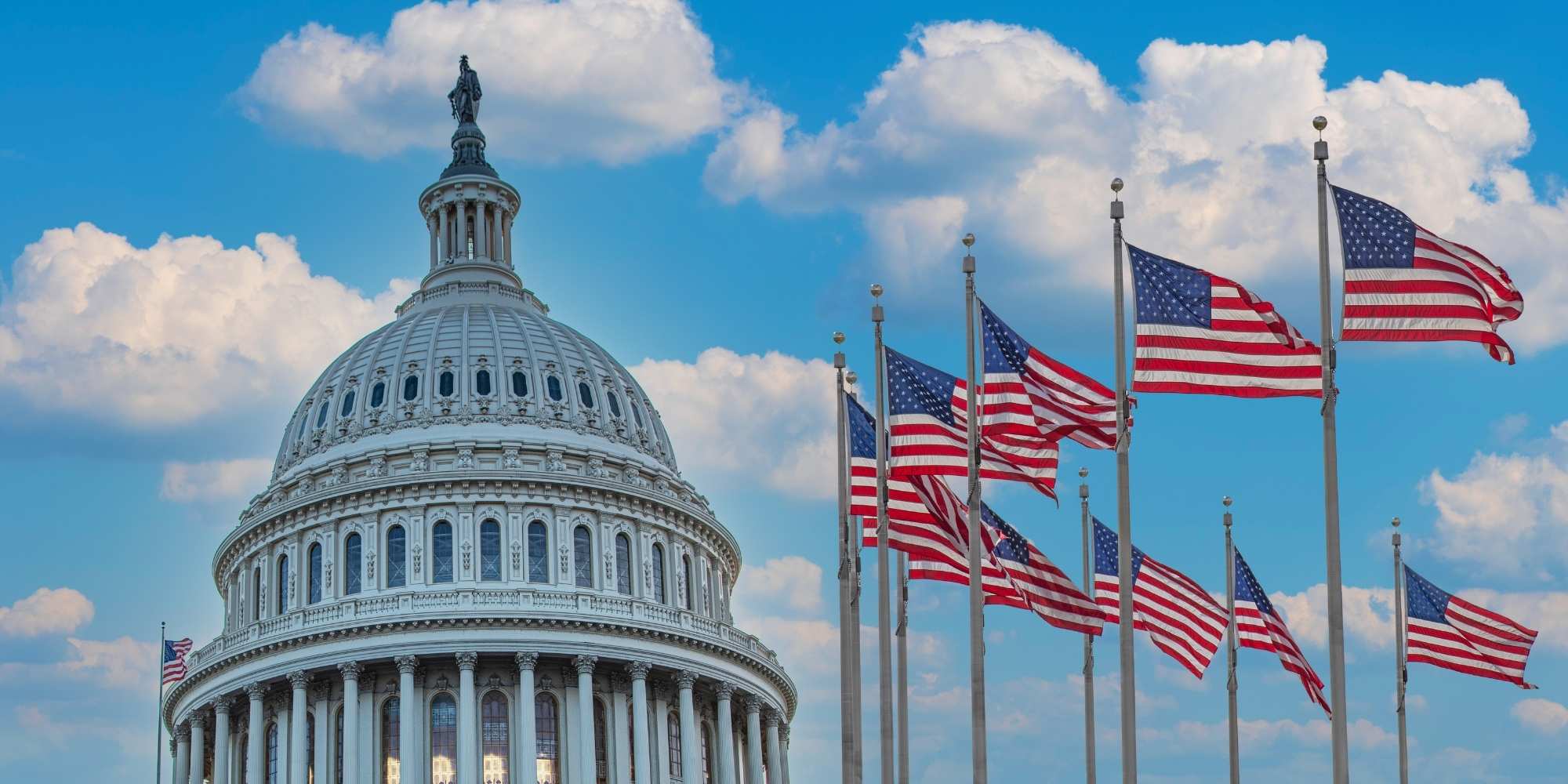
Why Do Governments Impose Tariffs?
Governments have a couple of main reasons for slapping tariffs on imports:
- Revenue Generation: Before income taxes became widespread, tariffs were a primary source of government income. By taxing imports, governments could fill their coffers without directly taxing citizens.
- Protecting Domestic Industries: By making imported goods pricier, tariffs can encourage consumers to buy local products, giving homegrown businesses a leg up against foreign competition.
Different Flavors of Tariffs
Not all tariffs are created equal. Here are the common types:
- Ad Valorem Tariffs: These are calculated as a percentage of the value of the imported good. For instance, a 10% ad valorem tariff on a $100 item means an extra $10 tax.
Finance Strategists - Specific Tariffs: These are fixed fees based on a measurable unit, like weight or quantity. Imagine a $2 tariff on every kilogram of cheese imported.
- Compound Tariffs: A mix of ad valorem and specific tariffs, these involve a percentage of the value plus a fixed fee. For example, a tariff might be set at 5% of the item’s value plus $1 per unit.

Real-World Example: The Tea Act
A classic example of tariffs in action is the British Tea Act of 1773, which imposed taxes on tea imported to the American colonies. This led to the famous Boston Tea Party, where American colonists protested against “taxation without representation.” Investopedia
The Ripple Effect on Prices
When a tariff is applied, the immediate effect is an increase in the cost of the imported good. Importers often pass these extra costs onto consumers, leading to higher retail prices. This can make foreign goods less attractive compared to local products, which is precisely the point if the goal is to protect domestic industries.
Tariffs in Today’s Global Trade
In our interconnected world, tariffs are a double-edged sword. While they can protect local jobs and industries, they can also lead to trade wars, with countries imposing retaliatory tariffs on each other. This tit-for-tat can escalate, affecting global supply chains and leading to higher prices for consumers worldwide.
Understanding tariffs is crucial for eCommerce sellers, especially those dealing with international markets. These taxes can influence pricing strategies, sourcing decisions, and overall competitiveness. Staying informed about tariff changes helps in navigating the complex landscape of global trade.
How Do Tariffs Impact eCommerce Sellers?
If you’re running an eCommerce business, tariffs can feel like an invisible hand reaching into your pocket. They don’t just change the price tags on goods—they ripple through every stage of your business, from sourcing products to delighting your customers. Let’s break it down.

Tariffs and Your Bottom Line
Here’s the harsh reality: tariffs directly increase the cost of imported goods. Let’s say you’re sourcing trendy tech gadgets from China. If a 10% tariff is slapped on those imports, that cost doesn’t just disappear—it either comes out of your profit margins or gets passed on to your customers. Neither option is ideal, right?
It’s a chain reaction:
- Importers Pay More: You, the seller, shoulder the initial tariff when the goods arrive at the port.
- Higher Retail Prices: To stay profitable, you might have to increase prices, potentially driving away price-sensitive customers.
- Supply Chain Woes: Your supplier might also raise their prices, anticipating the tariff’s impact on their end. It’s a domino effect that’s hard to stop.
Save Yourself the Headache and Let us Handle Your Fulfillment!
See How Using a 3PL for saves Apparel sellers time. Get a Free Quote from eFulfillment Service Today!
Product Categories Under Fire
Not all goods are hit equally by tariffs. President-elect Trump’s proposed tariffs could heavily impact imports from Canada, Mexico, and China, with significant consequences for several industries. Here’s what you should know:

Apparel
The apparel industry is no stranger to tariffs, and the proposed increases could raise costs dramatically. Average tariffs on apparel from China could jump from 14.7% to as much as 56%, potentially increasing prices by 12-20%. For example, a $50 sweater could cost up to $60, while an $80 pair of jeans might rise to $96.
Footwear
The average tariff on footwear could rise from 11.9% to nearly 70%, causing price increases of 18-29%. A $90 pair of athletic shoes could climb to $116.

Toys
Currently facing negligible tariffs, toys are slated for one of the highest increases under the proposed plan, with rates soaring to 97.4%. Prices for toys could rise by 36-56%, meaning a $25 board game might cost as much as $39. Such increases could slash demand by up to 61% and significantly impact families, especially those with young children1.

Furniture
Tariffs on furniture could climb from 5.4% to over 50%, leading to price hikes of 6-10%. A $1,500 couch might cost an extra $143, while a $200 crib could go up by $19. With furniture being a significant expense for most households, these changes would limit spending power1.

Household Appliances
For everyday items like refrigerators and toasters, tariffs could increase costs by up to 31%. A basic refrigerator priced at $650 might jump to $852. These additional costs could lead to reduced demand, particularly for households who allocate more of their income to such purchases1.

Travel Goods
Backpacks, handbags, and other travel goods are also on the list, with proposed tariffs raising costs by up to 22%. A $31 nylon backpack could cost $38, and a $119 leather handbag might jump to $145. These increases could reduce spending power by up to $4 billion annually1.
What It All Means
The NRF estimates that these proposed tariffs could cost American consumers an additional $46 billion to $78 billion annually across these six categories. This translates to $362-$624 per household each year. The burden of these increases often falls hardest on low-income families, reducing their ability to spend on other goods and services1.
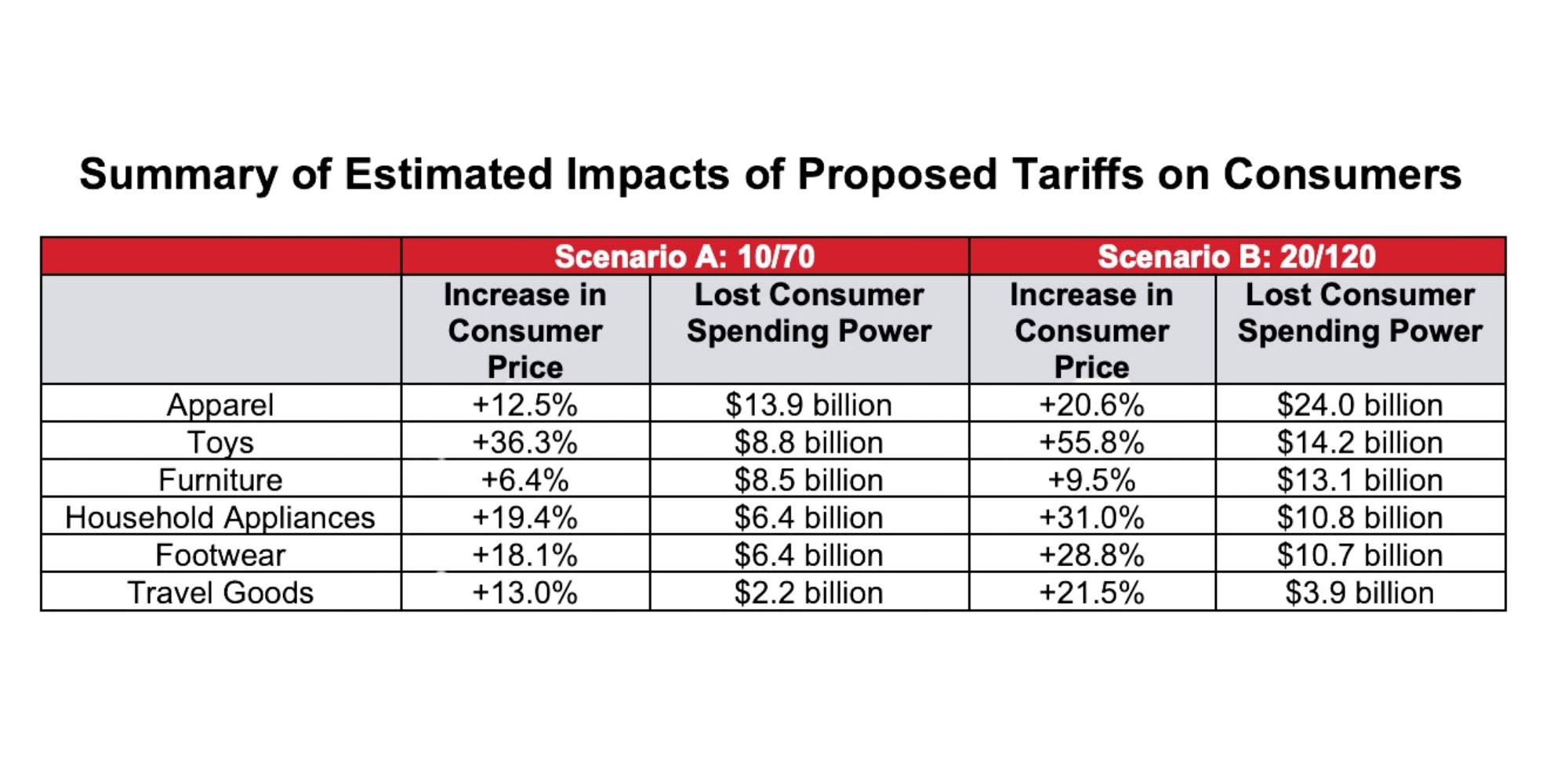
National Retail Federation. (2024, November). Estimated impacts of proposed tariffs on imports. Retrieved from https://cdn.nrf.com/sites/default/files/2024-11/Estimated_Impacts_of_Proposed_Tariffs_on_Imports_11.24_0.pdf
Past tariffs have already set precedents. For example, when tariffs were placed on Chinese imports during Trump’s first term, costs for categories like furniture and toys skyrocketed (National Retail Federation). These industries serve as a cautionary tale for what could happen next.
Efficiency Tip: Partnering with an 3PL can free up your time to focus on what you do best, sell great products!
Get a Free Quote from eFulfillment Service and see how we can simplify your selling!
Shipping and Inventory Challenges
Tariffs can also mess with logistics. Ever had to reroute a shipment last minute because of new regulations? It’s a logistical nightmare. For eCommerce sellers, the uncertainty around tariff changes can make it harder to manage inventory effectively:
- Delayed Shipments: Waiting for customs clearance or new tariff schedules can create bottlenecks.
- Inconsistent Pricing: Fluctuating costs make it difficult to set consistent retail prices or offer discounts.

The Customer Perspective
Here’s another layer: consumers don’t love price hikes. If your $30 product suddenly jumps to $40 because of tariffs, they might look elsewhere. Worse, they might not understand why prices have increased, assuming it’s your decision—not a tariff-induced issue. Managing customer communication becomes critical here.
What About Retaliation?
Tariffs can trigger trade wars. If the U.S. imposes tariffs, affected countries often retaliate with their own. For example:
- China’s Response: During previous trade disputes, China imposed tariffs on American soybeans and pork, hitting U.S. farmers hard.
- Canada’s Strategy: Canada has threatened tariffs on U.S. products in the past, targeting politically sensitive industries like dairy.
These back-and-forth measures can disrupt global supply chains, with eCommerce sellers caught in the crossfire.
What to Watch for in Tariff News
Tariffs aren’t just taxes—they’re tools in a high-stakes game of global diplomacy. The rules change often, and keeping up can feel overwhelming. So, what should eCommerce sellers focus on? Let’s sift through the noise and identify the signals that matter.
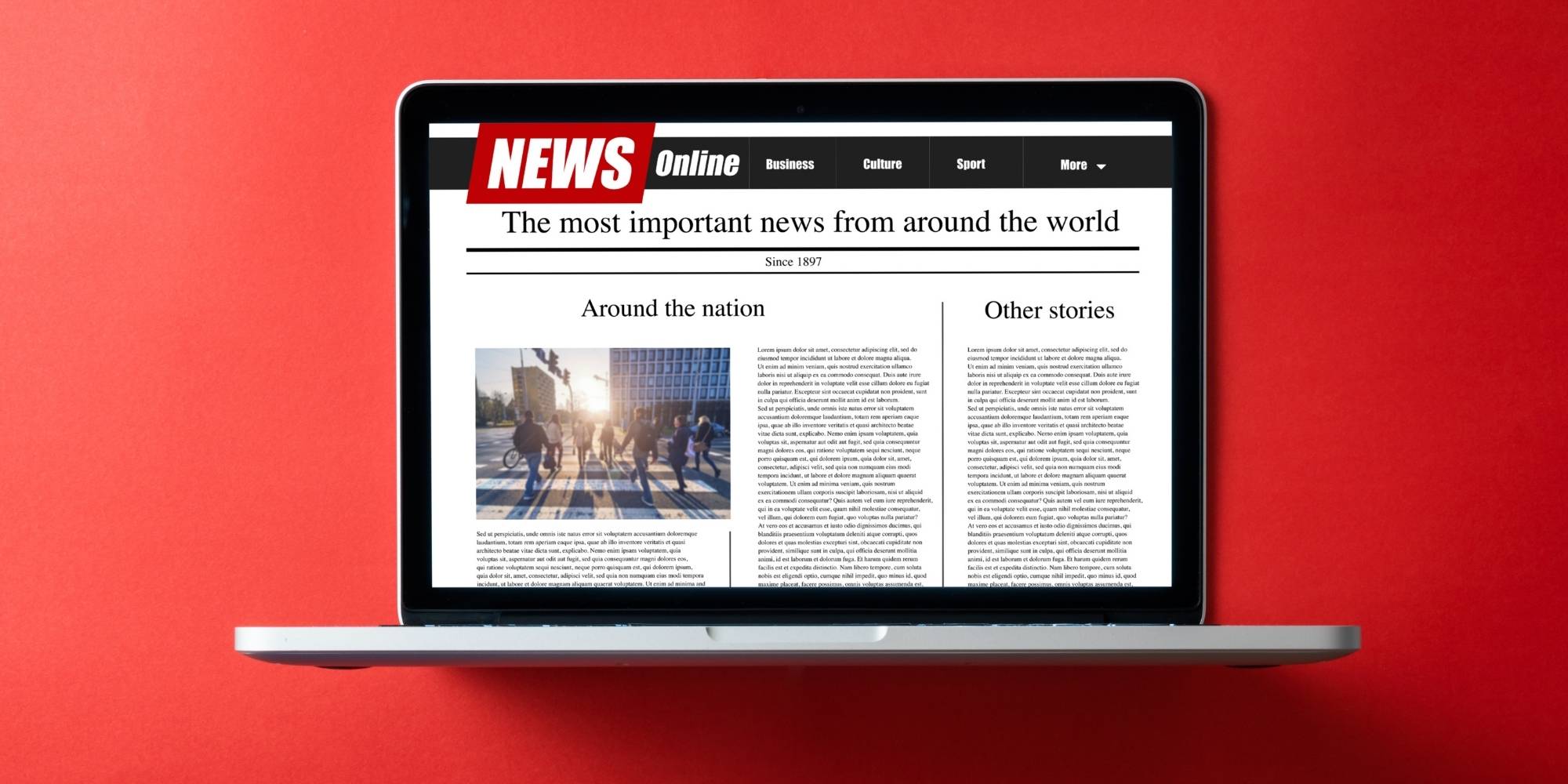
The U.S. Administration’s Latest Proposals: Headlines You Should Watch
President-elect Trump has proposed sweeping new tariffs as part of a bold strategy targeting three major trade partners: Canada, Mexico, and China. The plan includes:
- A 25% tariff on all goods from Canada and Mexico.
- A 10% tariff on imports from China.
Why? President Trump claims these measures are essential to combat illegal immigration, drug trafficking, and unfair trade practices. The proposed tariffs are positioned as both an economic and political lever to pressure these countries into action. Whether or not they’re implemented, the sheer possibility of these tariffs has already sent ripples through global markets.
What’s the Timeline?
Here’s the tricky part: tariff policies can change overnight. Trump has vowed to enact these tariffs via executive order shortly after taking office, which means they could become reality faster than a typical legislative process allows. For eCommerce sellers, this means keeping a close eye on:
- Official Announcements: Look for updates from the U.S. Trade Representative (USTR) and Customs and Border Protection (CBP).
- Negotiations and Retaliations: Watch how Canada, Mexico, and China respond. Will they negotiate, retaliate with their own tariffs, or seek exemptions?
Potential Impacts on Your Products
Certain industries could be disproportionately affected by these tariffs. For instance:
- Energy and Automotive: Tariffs on Canadian and Mexican goods could drive up prices for fuel and vehicles.
- Food Supplies: Higher tariffs on Mexican imports might hit grocery items like avocados, tomatoes, and beer.
- Consumer Electronics: Additional taxes on Chinese goods could make popular gadgets more expensive, potentially reducing demand1.
If your business relies on any of these categories, now’s the time to evaluate your exposure and start planning for potential cost increases.
Credible Sources to Follow
Not all news is created equal. Stick to trusted sources to avoid misinformation:
- Trade Publications: Sites like Associate Press, Reuters, and BBC often provide in-depth analysis.
- Government Resources: Check the USTR’s website or subscribe to updates from the CBP.
- Industry Associations: Groups like the National Retail Federation (NRF) or your local Chamber of Commerce often share insights tailored to businesses.
Set up Google Alerts or subscribe to newsletters to stay informed without spending hours glued to the news.

How to Read Between the Lines
Tariff proposals often come with political spin. For example, Trump insists that tariffs are paid by foreign countries. In reality, importers—American businesses like yours—shoulder the cost, which is typically passed on to consumers in the form of higher prices. Understanding this nuance helps you anticipate real-world effects.
Should You Panic?
Not necessarily. While tariffs sound intimidating, many are announced as negotiation tactics rather than firm policies. For instance, during Trump’s first term, several high-profile tariff threats never came to fruition. Even when tariffs are enacted, there are often exemptions, delays, or workarounds for specific industries.
Still, the best strategy is to stay informed, analyze your supply chain, and have contingency plans ready. As an eCommerce seller, being proactive is your best defense against uncertainty.
Can a 3PL Help Mitigate Tariff Challenges?
You might be wondering, “What can a logistics company possibly do about government-imposed taxes?” Honestly, quite a bit. A skilled third-party logistics (3PL) provider can be the difference between feeling overwhelmed and staying ahead of tariff-induced challenges. Let’s break it down.
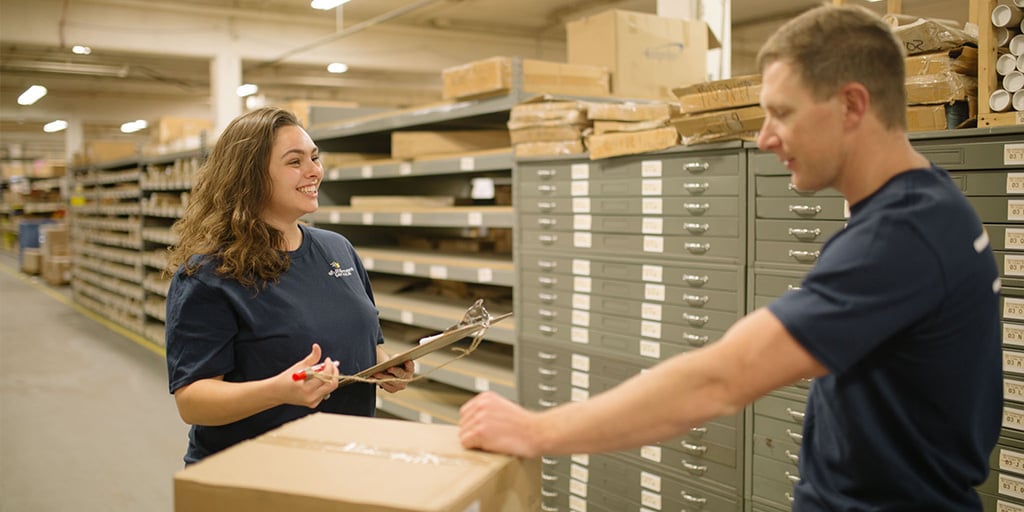
Decoding Tariff Complexities
Ever try to read tariff regulations? It’s like deciphering an ancient text, complete with codes, percentages, and exceptions. This is where 3PLs step in. They’ve got experts who specialize in Harmonized System (HS) code classification, ensuring your products are correctly categorized to avoid unnecessary fees. Even a small misstep in this area could result in higher tariffs—or worse, penalties.
Optimizing Supply Chains
Here’s the magic of a good 3PL: they don’t just move your goods; they rethink how your supply chain operates. Some strategies they might use include:
- Rerouting Shipments: By finding alternative shipping paths or ports in duty-free zones, a 3PL can reduce costs or sidestep tariffs altogether. For instance, products destined for the U.S. might pass through a free trade zone to take advantage of tax exemptions before entering the country.
- Supplier Consolidation: 3PLs can bundle shipments from multiple suppliers, cutting down on customs fees and ensuring smoother, cheaper transit.
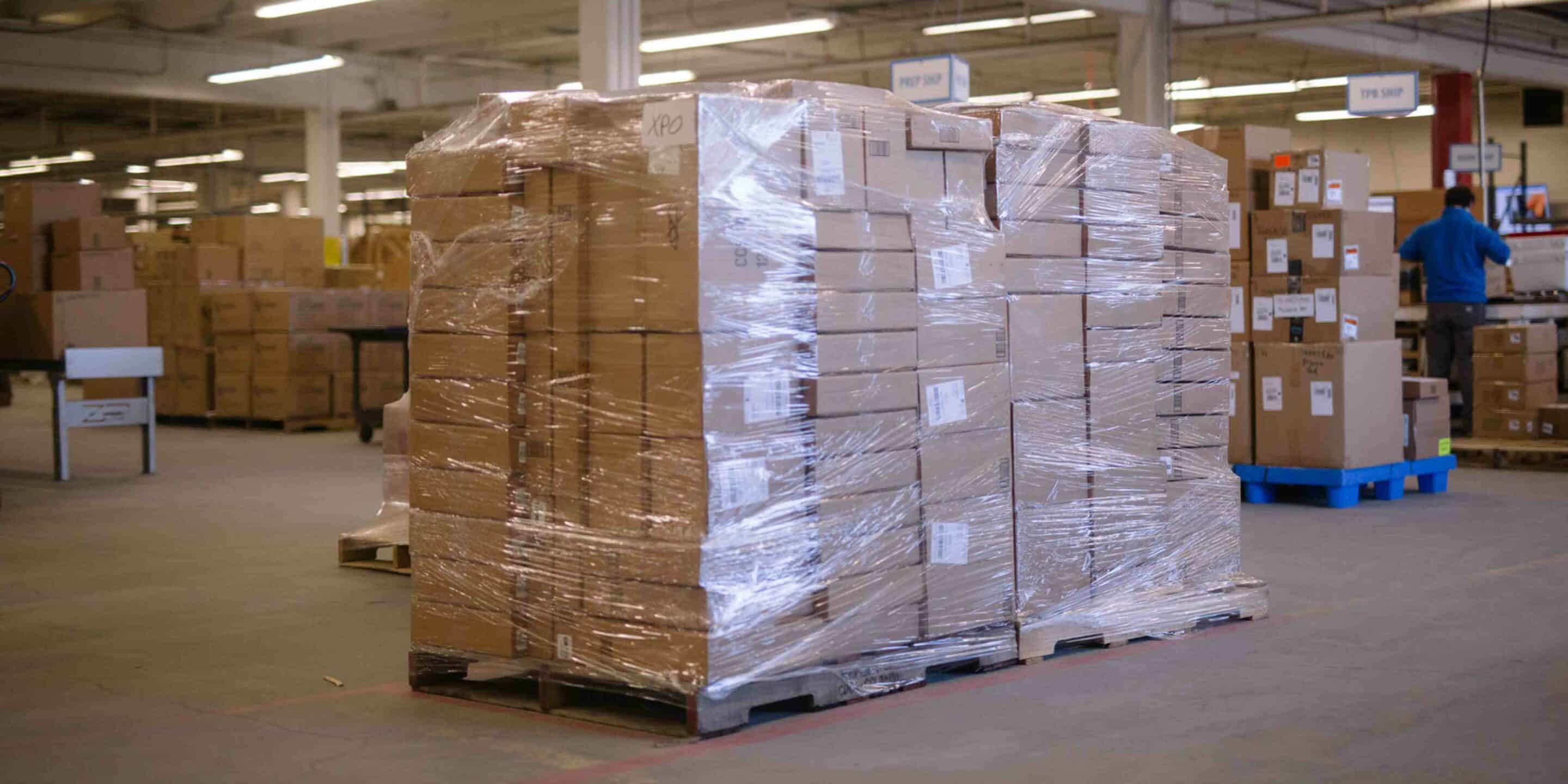
Warehousing and Fulfillment Support
Imagine this: tariffs spike overnight, and suddenly, your imported inventory becomes costlier than expected. A 3PL with flexible warehousing options can help you stockpile products before tariffs increase, shielding you from sudden pricing shocks. They might even offer nearshoring solutions, storing goods closer to your target markets to minimize costs.
Customs Compliance Made Easy
Navigating customs requirements can feel like trying to assemble IKEA furniture without instructions. A 3PL takes the lead, helping you meet all compliance standards, avoid delays, and sidestep fines. They’ll handle:
- Documentation management (so you don’t have to stress about those endless forms).
- Customs brokerage services to fast-track your goods across borders.

Cost Analysis and Forecasting
3PLs often have data analytics tools to provide you with actionable insights into how tariffs affect your bottom line. They can help you make informed decisions, like whether to shift suppliers, adjust pricing, or explore new markets less impacted by tariffs.
Leveraging Trade Agreements
Did you know that some countries enjoy lower tariffs under specific trade agreements? For example, under the United States-Mexico-Canada Agreement (USMCA), many goods can move tariff-free between these countries. A 3PL will know how to leverage these agreements to your advantage.

Real-World Example
Let’s say you’re an eCommerce seller importing apparel from China. If new tariffs on Chinese goods come into play, your costs could skyrocket. A 3PL might recommend shipping through Vietnam, India, or other countries, where manufacturing costs are lower.
Beyond Logistics: Peace of Mind
Perhaps the most underrated benefit of working with a 3PL during tariff turmoil is the peace of mind it brings. Knowing someone is in your corner, equipped with expertise and solutions, can make all the difference in keeping your business running smoothly.
At the end of the day, tariffs may be beyond your control, but how you handle them isn’t. A 3PL transforms a daunting challenge into a manageable one, giving you the tools—and confidence—to weather tariff storms with ease.
Actionable Steps to Handle Tariffs for eCommerce Sellers
If tariffs feel like an impending storm cloud over your eCommerce business, don’t worry—you’re not powerless. There are plenty of steps you can take to safeguard your operations and minimize disruptions. Here’s a roadmap to help you navigate the challenges.

1. Get Intimate with Your Product Categories
Not all products are created equal when it comes to tariffs. Start by identifying which of your items are most likely to be impacted. Are you importing apparel, electronics, or food products? These often face higher tariffs. Dig into your product’s HS code classification—this little code determines how tariffs apply. A 3PL can help here, but being informed yourself is always a good idea.
2. Monitor Tariff News Like It’s a Netflix Series
Trade policies change fast, and staying in the loop is crucial. Bookmark trusted sources like government trade websites, news outlets, or tariff-tracking tools. If you have a supplier in another country, they might even provide updates specific to your industry. And hey, a quick call to your 3PL every now and then doesn’t hurt—they often have the latest insights.
3. Build Strong Relationships with Suppliers
Think of your suppliers as your first line of defense. If tariffs spike, having an open dialogue can help you find solutions together. Suppliers might offer discounts, adjust order sizes, or even shift production to lower-tariff countries. Collaboration is key.

4. Rethink Your Pricing Strategy
Let’s be real: if tariffs raise your costs, you’ll need to decide how much of that gets passed on to your customers. Consider:
- Adjusting pricing for affected products while keeping other prices stable.
- Highlighting the quality or exclusivity of your items to justify price increases.
- Offering bundles or promotions to maintain value perception.
5. Partner with a 3PL
You knew this one was coming, right? As mentioned earlier, partnering with a good 3PL can be your secret weapon against tariff-induced woes. They’ll help optimize shipping routes, consolidate shipments, and handle compliance headaches. Their expertise can save you money and stress.
6. Evaluate Alternate Markets
If tariffs on goods from one country are too high, explore alternatives. For instance, if you’re sourcing textiles from China, consider countries like Vietnam or India, which may offer competitive pricing and lower tariffs. Diversifying your supply chain can be a game-changer.
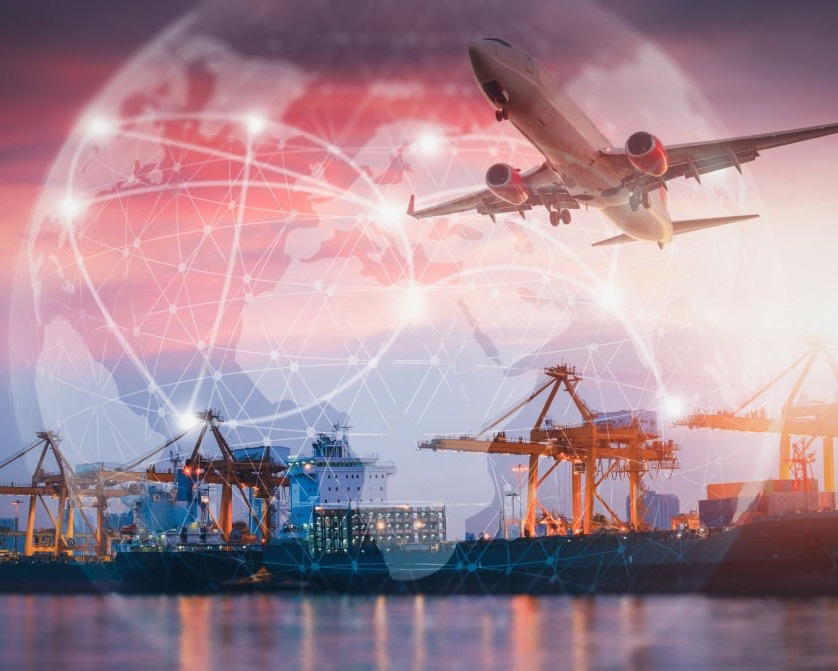
7. Leverage Trade Agreements
We’ve already touched on this, but it’s worth emphasizing. Agreements like the USMCA can make certain goods tariff-free or significantly cheaper to import. Double-check if your products qualify and make the most of these opportunities.
8. Create a Tariff Contingency Plan
Prepare for the worst-case scenario. Outline how your business will respond to sudden tariff increases. Include steps like:
- Holding more inventory ahead of expected tariff hikes.
- Temporarily pausing imports on heavily impacted items.
- Communicating transparently with customers about price changes.
9. Keep an Eye on Your Margins
Tariffs can chip away at your profitability faster than you’d expect. Use tools like accounting software or a spreadsheet to track how much tariffs are impacting your margins. This information is essential for making informed decisions about pricing and sourcing.
10. Don’t Be Afraid to Ask for Help
Navigating tariffs is no small feat. Whether it’s consulting a 3PL, hiring a customs broker, or reaching out to industry peers for advice, you don’t have to go it alone. Collaboration and expert insights can make all the difference.
Taking these steps won’t just help you survive tariffs—they’ll position your business to thrive despite them. After all, staying adaptable and informed is half the battle in eCommerce. You’ve got this!
FAQs: eCommerce and Tariffs
Who actually pays the tariffs on imported goods?
When a tariff is imposed, the importing company is responsible for paying the tax to its own government. This cost often gets passed down the supply chain, potentially leading to higher prices for consumers. Council on Foreign Relations
How do tariffs impact consumer prices?
Tariffs increase the cost of imported goods. Importers may raise their prices to offset the tariff expense, resulting in higher costs for consumers. For example, a 10% tariff on electronics can lead to a noticeable price hike on those products.
Can tariffs protect domestic industries?
Yes, tariffs can shield domestic industries by making imported goods more expensive, encouraging consumers to buy locally produced items. However, this protection can lead to higher prices and reduced competition, which may affect product quality and innovation.
What are retaliatory tariffs, and how do they affect eCommerce?
Retaliatory tariffs are taxes that countries impose in response to tariffs placed on their exports. This can escalate into trade wars, affecting global supply chains and leading to increased costs and uncertainties for eCommerce businesses involved in international trade.
How can eCommerce sellers mitigate the impact of tariffs?
Sellers can explore alternative sourcing options, renegotiate supplier contracts, or adjust pricing strategies. Partnering with a third-party logistics provider can also help navigate complex tariff regulations and identify cost-saving opportunities.
Summary
Tariffs may feel like a looming challenge, but they don’t have to derail your eCommerce success. By understanding what tariffs are, how they impact your business, and what you can do to prepare, you’re already one step ahead of the game.
Whether it’s staying updated on tariff news, partnering with a reliable 3PL, or rethinking your supply chain strategy, there are plenty of tools in your arsenal to tackle these hurdles. The key is to stay informed, stay flexible, and surround yourself with the right partners who can help you adapt when change inevitably comes knocking.
Trade policies may shift, but your ability to adapt and thrive doesn’t have to. Remember: every challenge is an opportunity to refine your business, sharpen your strategies, and ultimately, strengthen your position in the market.
Key Takeaways:
- Tariffs are taxes on imports and exports, designed to raise government revenue or protect domestic industries.
- They can directly affect eCommerce sellers by increasing supply chain costs, squeezing profit margins, and raising consumer prices.
- President Trump’s proposed tariffs—25% on goods from Canada and Mexico and 10% on Chinese imports—could have wide-reaching effects on industries like electronics, apparel, and agriculture.
- Monitoring tariff news is critical. Changes can happen quickly and impact your supply chain overnight.
- Partnering with a 3PL can help mitigate tariff challenges through compliance support, strategic logistics solutions, and cost-saving strategies.
- Stay proactive: Evaluate your product categories, negotiate with suppliers, and explore alternative sourcing to minimize the impact of tariffs.

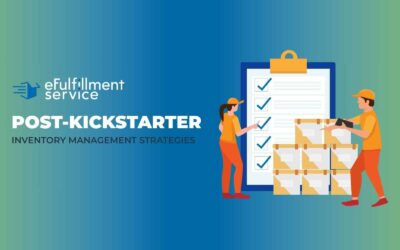
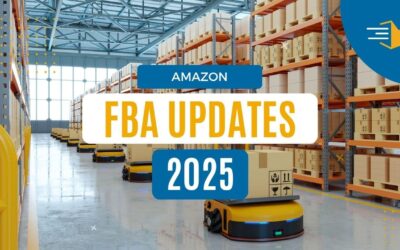
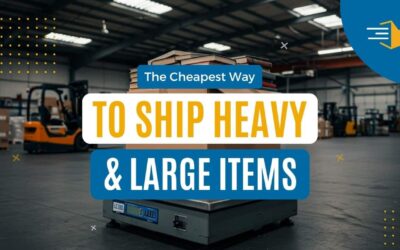
0 Comments